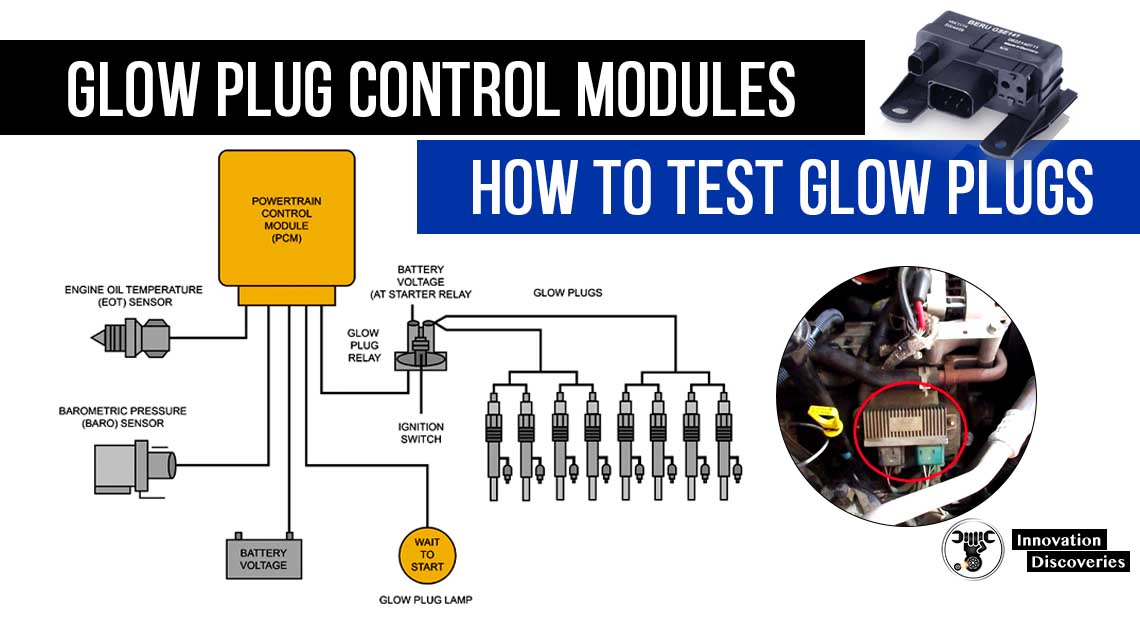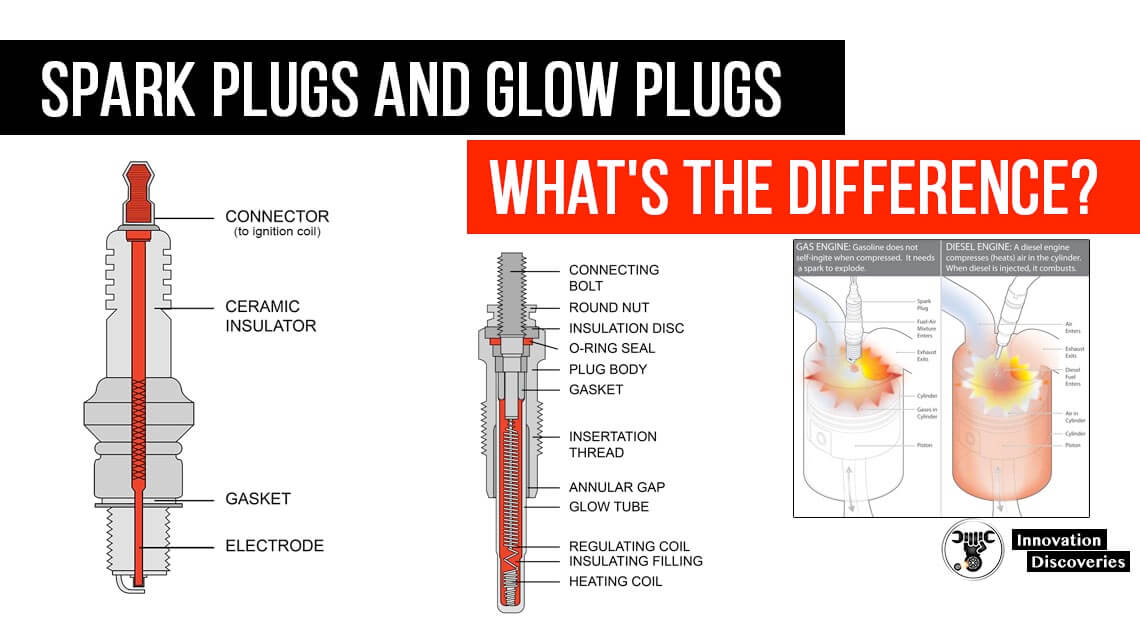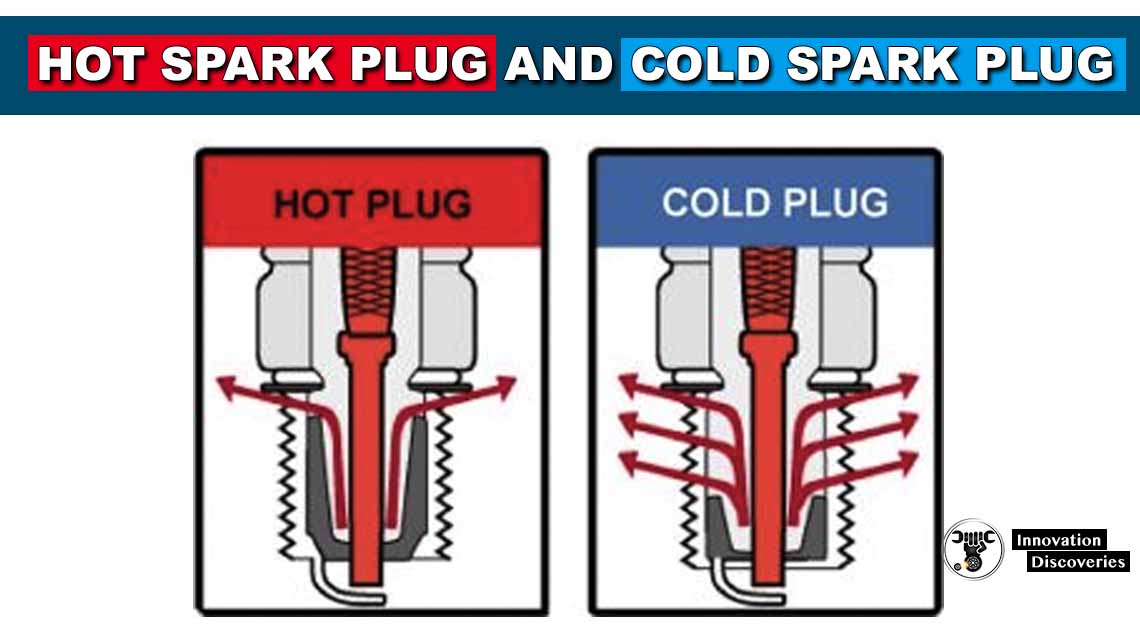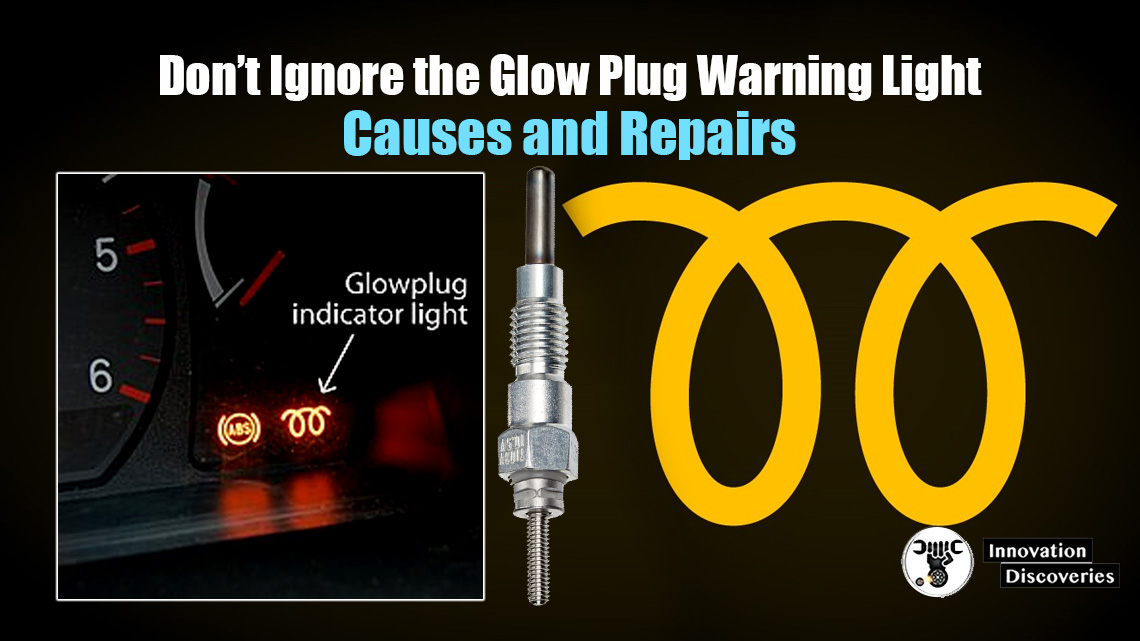
If you’re driving a diesel vehicle, the Glow Plug Warning Light is a crucial indicator on your dashboard. When this light turns on, it signals a problem with the glow plug system or associated components. Ignoring it can lead to hard starts, higher emissions, and even engine damage.
In this blog post, we’ll explore the common causes of the glow plug warning light and how to resolve them effectively.
What Are Glow Plugs and Why Are They Important?
Glow plugs are essential in diesel engines, especially in cold weather. They preheat the combustion chamber to ensure the fuel ignites smoothly during startup.
A malfunctioning glow plug system can make it challenging to start your vehicle and impact overall engine performance.
Common Causes of the Glow Plug Warning Light
Here are the primary reasons your glow plug warning light might be on:
1. Faulty Glow Plugs
- Cause: Over time, glow plugs wear out and fail to heat properly.
- Solution: Test each glow plug’s resistance with a multimeter. Replace any faulty plugs.
2. Wiring or Connection Issues
- Cause: Loose or corroded connectors and damaged wires can interrupt power delivery.
- Solution: Inspect and repair or replace faulty wiring and connectors.
3. Glow Plug Relay or Control Module Failure
- Cause: These components regulate power to the glow plugs. A failure here can leave the plugs non-functional.
- Solution: Diagnose the relay or module using a test light or multimeter. Replace if defective.
4. Engine Control Unit (ECU) Error
- Cause: The ECU monitors the glow plug system. A software glitch or sensor misreading can trigger the warning light.
- Solution: Reset the ECU using a diagnostic tool. If issues persist, consider a software update.
5. Low Battery Voltage
- Cause: A weak battery might not supply enough power to the glow plug system.
- Solution: Check the battery’s voltage and replace it if it’s not holding a charge.
6. Diesel Particulate Filter (DPF) Issues
- Cause: A clogged DPF can indirectly trigger the glow plug warning light in some vehicles.
- Solution: Clean or replace the DPF as required.
7. Faulty Sensors
- Cause: Malfunctioning temperature or pressure sensors may send incorrect data to the ECU.
- Solution: Replace any faulty sensors identified during diagnostics.
How to Fix the Glow Plug Warning Light
Follow these steps to identify and resolve the issue:
- Run a Diagnostic Scan
Use an OBD-II scanner to retrieve error codes related to the glow plug system. This will help pinpoint the exact problem. - Check the Glow Plugs
Test the glow plugs’ resistance using a multimeter. If any plug shows abnormal readings, replace it. - Inspect the Wiring and Connectors
Look for visible damage, corrosion, or loose connections in the wiring leading to the glow plugs. - Test the Glow Plug Relay or Module
Ensure the relay or module is supplying power correctly. Replace it if testing shows faults. - Consult a Mechanic
If you can’t identify the issue or don’t have the tools, seek professional help to avoid causing further damage.
Is It Safe to Drive with the Glow Plug Warning Light On?
- Short-Term: If your vehicle starts and runs fine, the issue might not require immediate attention but should still be addressed soon.
- Long-Term: Prolonged neglect can lead to difficulty starting, increased emissions, and costly engine repairs.
Preventative Tips
- Regularly inspect and maintain your glow plugs and associated systems.
- Ensure your battery is in good condition.
- Keep your vehicle’s ECU software updated during routine services.
Final Thoughts
The Glow Plug Warning Light is not something to ignore. While it might seem like a minor issue, it could lead to significant engine problems if left unchecked. By understanding the potential causes and taking swift action, you can ensure your diesel vehicle remains reliable and efficient.
Have you experienced the glow plug warning light turning on? Share your story in the comments below and let us know how you fixed it!
Discover More:
Trouble Tracers | Glow Plug
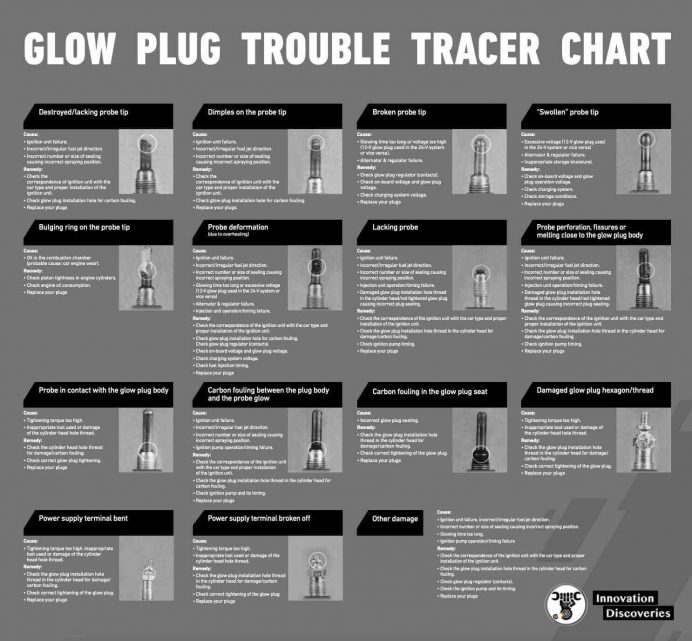
Visit Forum
Visit Our Friendly Website


